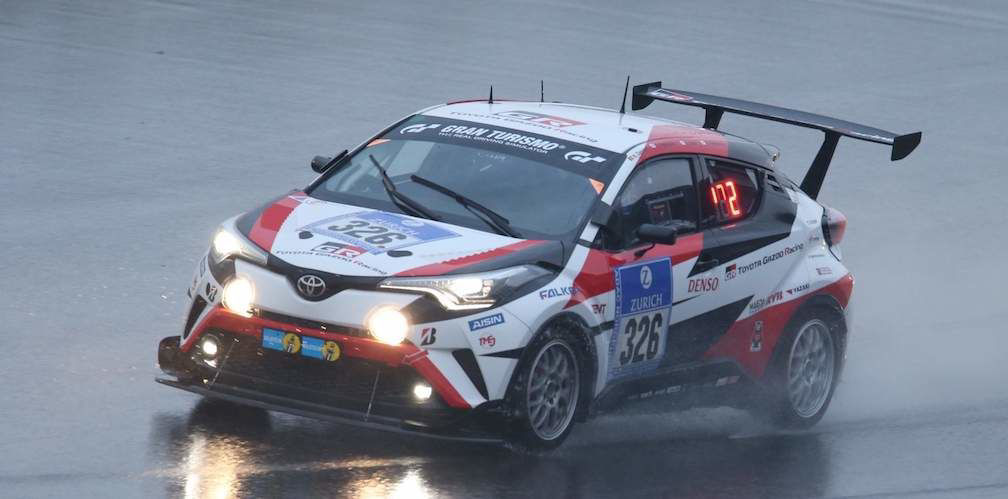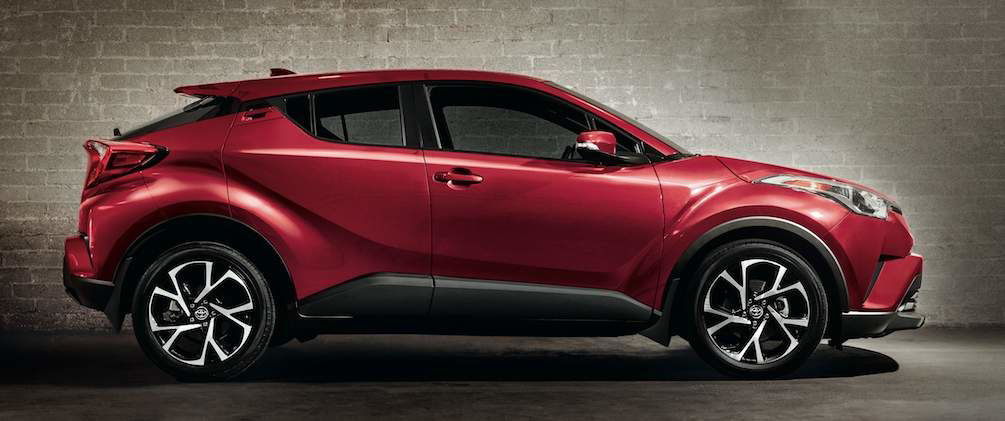Select a province & language
Entrance to this website assumes you have read and agree to these Legal Terms and Conditions and the Privacy Policy.
Entrance to this website assumes you have read and agree to these Legal Terms and Conditions and the Privacy Policy.

Rather than being bound to tradition or popular wisdom, Chief Engineer Hiroyuki Koba had an uncompromising vision for the C-HR. The vehicle would not only be defined by its convention-breaking style, but by an unwavering focus on handling.
In Koba’s eyes, the handling of the new SUV had to satisfy three principals: response, linearity and, consistency. Put simply, the C-HR should consistently and instantly respond to the driver’s direction.
Though the C-HR was designed as an SUV, to achieve Koba's goal it would be benchmarked against the precision and controlled experience of a compact hatchback.
To make this vision a reality, the C-HR team went to some unusual lengths.
A year out from the launch of the production model, Toyota Gazoo Racing entered a prototype of the C-HR into the grueling 24 Hours of Nürburgring race.
Though this racing prototype differed from the C-HR now available in dealerships, the endurance race provided a valuable opportunity to use motorsport to improve the responsiveness of the final vehicle. The C-HR team would use the performance of the prototype to make necessary engineering improvements ahead of the launch.

Doing things his own way meant that Koba wasn’t simply an observer in this process. Passionate about motorsports, the Chief Engineer was one of the drivers in a pre-qualifying practice session. He experienced first-hand how the prototype performed in order to ensure the production version of the C-HR was undiluted from his singular vision.
Speaking to Toyota Gazoo Racing’s website, he said driving in a rigorous race situation allows him to grasp the condition of a vehicle and understand what needs to be done with the set-up.
This, he said, is crucial to making ever-better cars. It is important to perfect both racing cars and mass-production cars by driving them to their limits.
Through qualifying, the team continued to monitor performance and make adjustments. On race day itself, the Toyota C-HR Racing took a creditable 84th place among a total field of 158 cars in the overall standings and finished third in its class.
More important, though, were the learnings the team continued to garner from the 24-hour racing experience. With the production model now available, the C-HR stands out for its captivating style and its driving dynamics.
Built on the Toyota New Global Architecture (TNGA) platform, this compact SUV comes with a lower centre of gravity along with a newly developed suspension system. The result is a driving experience that enables you to flow seamlessly through urban life and weekend escapes, day and night.
Undoubtedly, the way the C-HR drives on city streets owes a debt to the 24 Hours of Nürburgring experience, but this is only part of the story.
The development of the C-HR is defined not by its laps of the famous German circuit, but by an ambitious engineering team plotting an original new course.
Find out more: Build your Toyota C-HR here